Torre Bisenzio has been crafted as a haven of relaxation and tradition, a slower pace where guests can unwind and simply enjoy time together in the beautiful Umbrian countryside. However, history, culture and gastronomy lie on the doorstep – proximity to the A1 autostrada puts Torre Bisenzio at the heart of Italy, perfectly located for visiting some of the country’s most beautiful towns and countryside. Rome, Florence and Siena are all a short drive or train ride away, while the impressive Monte Rufeno National Park lines one edge of the estate.
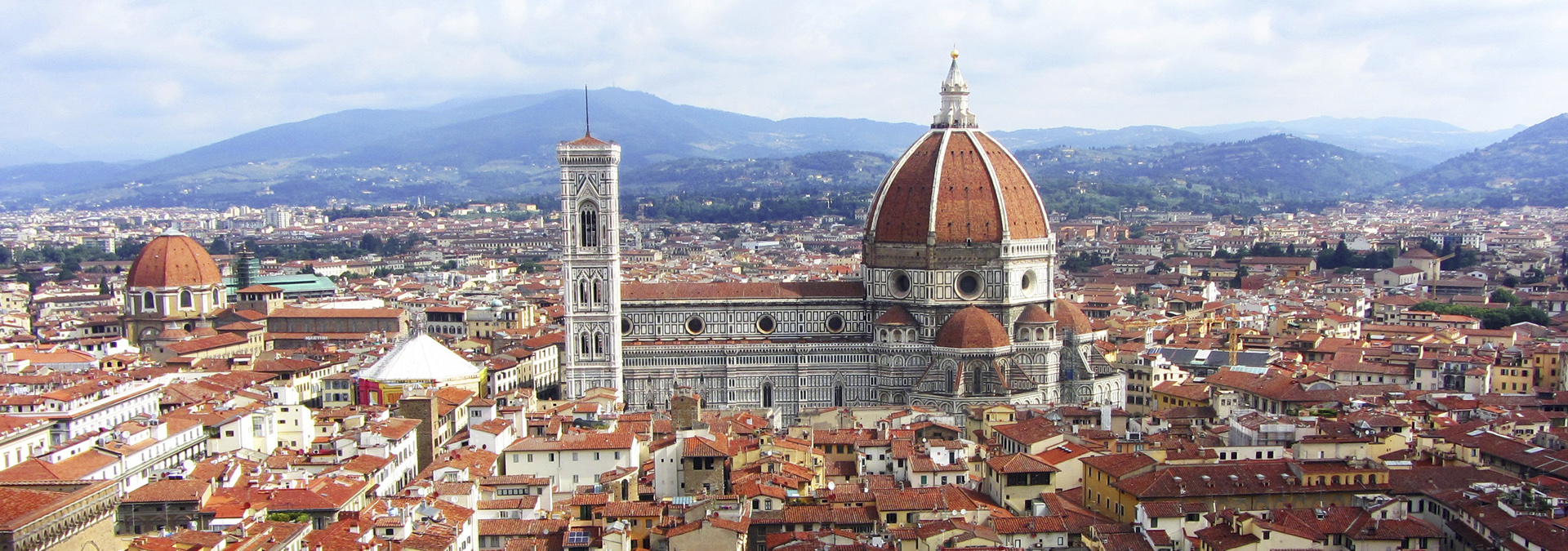
Experience
Places to Visit
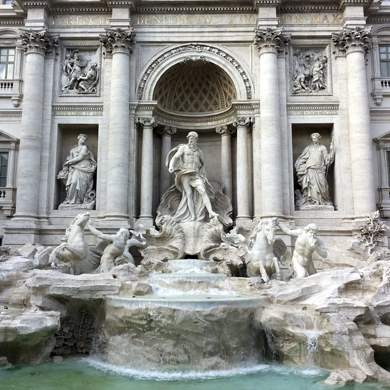
Rome
Home to the Vatican City, the Roman Forum, the Coliseum and the Spanish Steps, Rome is an icon of European and Italian history and culture. Awesome architecture lines wide streets, while contemporary art and culture come to the fore in galleries and restaurants throughout the capital. Just two hours drive on the Autostrada, or easily accessible by regular trains from the small town of Fabro (10 minutes from Torre Bisenzio), the it’s an easy cosmopolitan day trip.
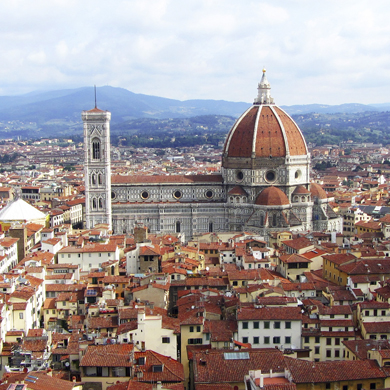
Florence
The riverside city of Florence is the centre of Renaissance Italy; historical home of artists, architects and designers. Its museums and galleries are renowned the world over, a calling card for some of the most famous names in art and innovation. The sights of the Uffizi Gallery, the Ponte Vecchio, the Pitti Palace and the Boboli Gardens are just an hour and a half from Torre Bisenzio, and on the train line from nearby Fabro.
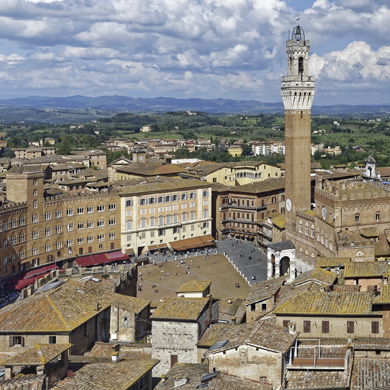
Siena
A beautiful homage to Italian Gothic architecture, Siena’s city centre is a living museum of art and culture, an hour and 20 minutes from Torre Bisenzio. The Piazza del Campo acts as the social heart of the city, home to theatre, aperitif gatherings and, of course, the famous Palio horse race.
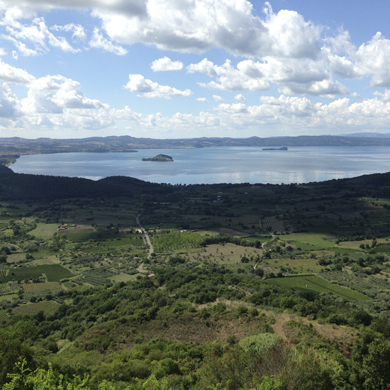
Lago di Bolsena
One of Italy’s largest lakes sits in the crater of an extinct volcano 45 minutes from Torre Bisenzio, the crystal clear waters beckoning swimmers and pleasure boaters alike. Picturesque lakeside towns are strung out along the shore like colourful beads, the jewels in Lazio’s lakeside crown. Boat excursions run from Bolsena to the islands, one of which houses the summer residence of the Pope. The water is fresh enough to drink – a fact attested to by the presence of the delicious local ‘Coregone’ fish, a staple on the menu of many of the local restaurants.
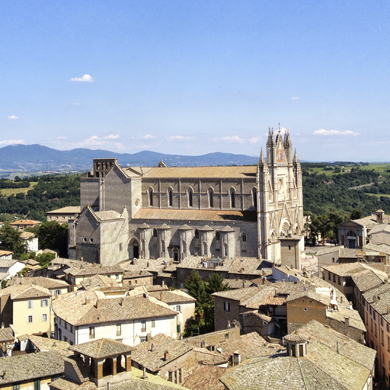
Orvieto
Built on a huge slab of volcanic rock, Orvieto dominates the horizon, drawing visitors with its picturesque setting and beautiful cathedral frescos. Wander the historic streets of the town, or explore the tunnels and caves underneath the rock, before sampling the local wines – Orvieto is the centre of the Umbrian wine industry. Just a 30 minute drive from the estate.
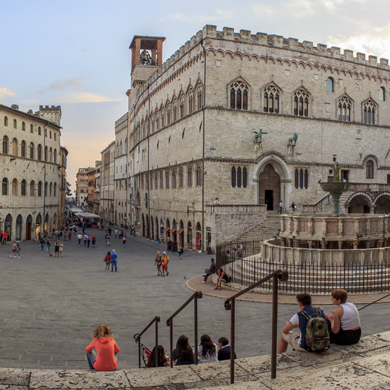
Perugia
Perugia’s winding streets are a picture of traditional Umbrian life, home to small shops and cafes, and a warm local welcome. However, the real draw is the Duomo (Cathedral of San Lorenzo) where the Virgin Mary is said to have married. The ring, stolen by Perugians from the nearby town of Chiusi in 1448, is kept in a vault protected by 15 locks, and only shown to the public annually on July 30th.
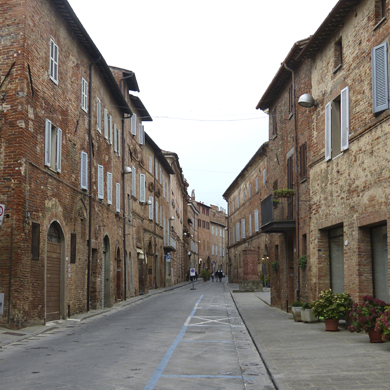
Città della Pieve
Home of the Renaissance painter, Perugino, Città della Pieve is a colourful homage to Umbrian art and architecture. Striking for its intense terracotta colour, the city is most famous for its cathedral, which showcases works by Perugino, and its Palio of the terzieri, a striking renaissance costume parade. Dominating the skyline is the fortress with its five square towers, while in the town centre the Piazza del Plebiscito is worth seeing for the historical and architectonic fulcrum in the cathedral.
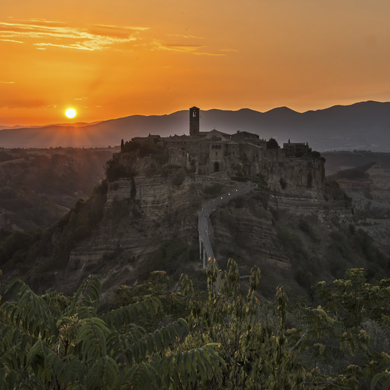
Civita di Bagnoregio
Founded by Etruscans more than 2,500 years ago, Civita di Bagnoregio is notable for its striking position on top of a plateau of friable volcanic tuff overlooking the Tiber river valley. The edges of the plateau are under constant threat of erosion, lending the town a romantic ever-present sense of danger as buildings gently crumble while the underlying support falls away. Tiny and traditional, the population fluctuates between about 12 people during winter and up to 100 during the summer months.
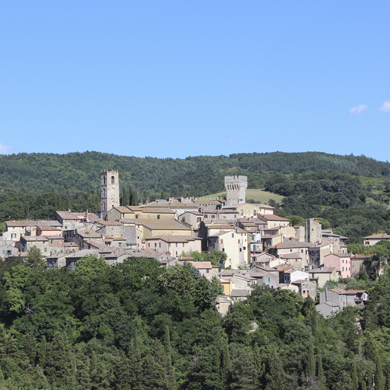
San Casciano dei Bagni
It was the Etruscans who first discovered the picturesque thermal pools at San Casciano dei Bagni, but the Romans really developed the area into the pretty spa town it is today. There are 42 springs dotted across the territory, with the Fonteverde Spa only a few meters from the historic town centre. The medieval architecture makes the town also worth a visit, with a maze of alleys wrapping themselves up around the hill, towards the Collegiate and the Town Hall.
